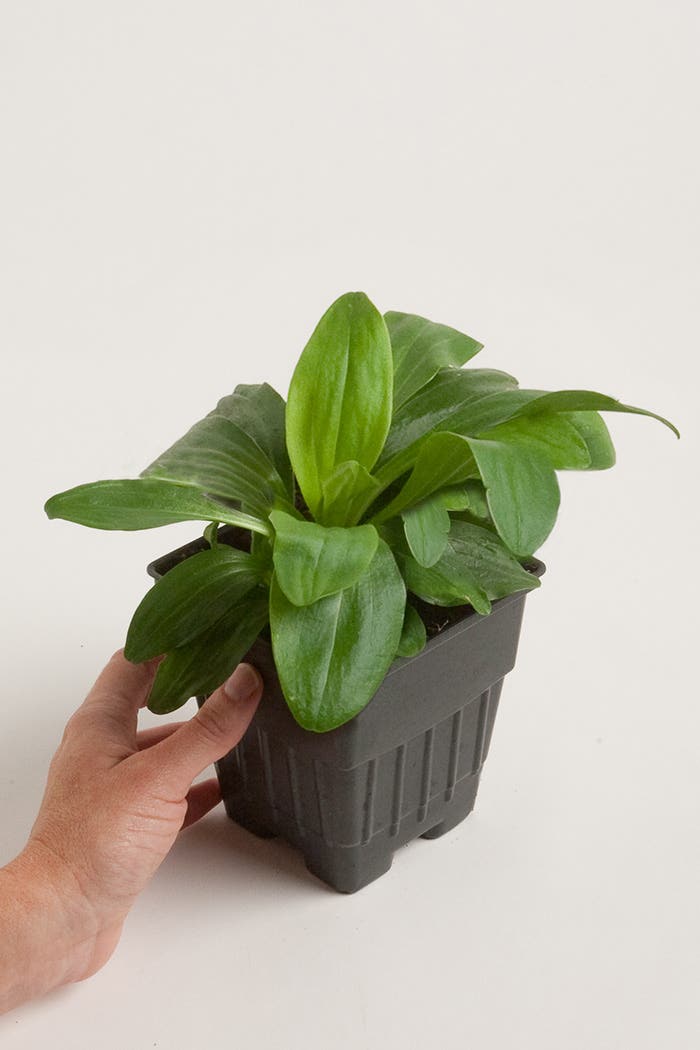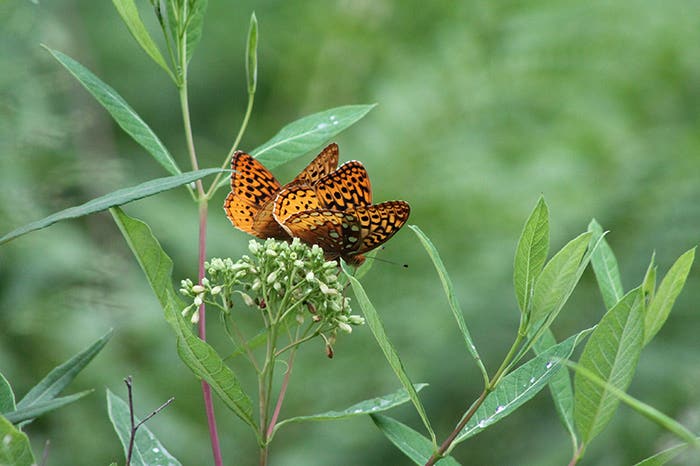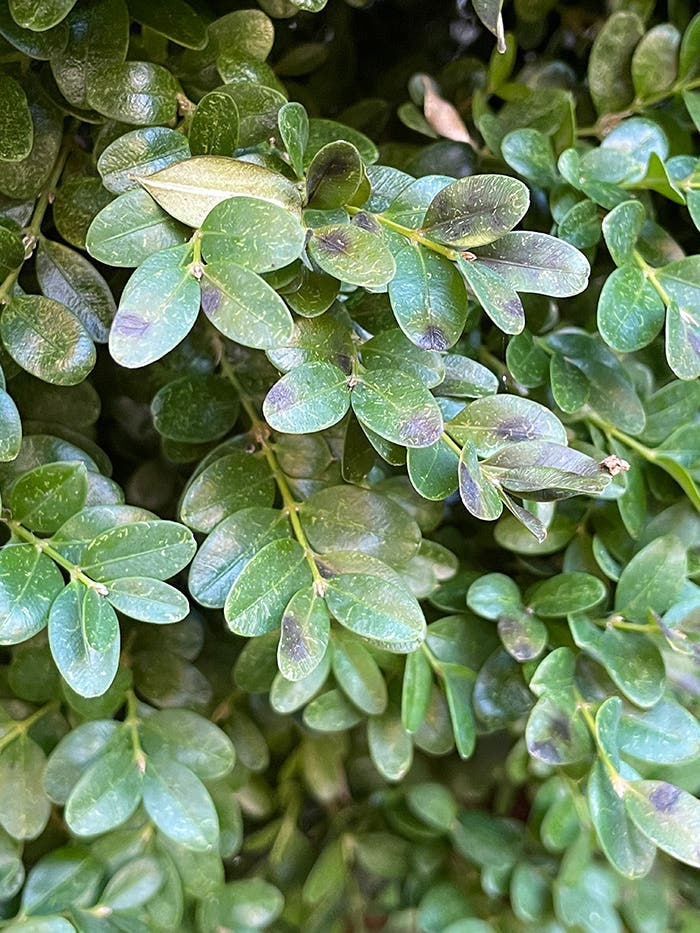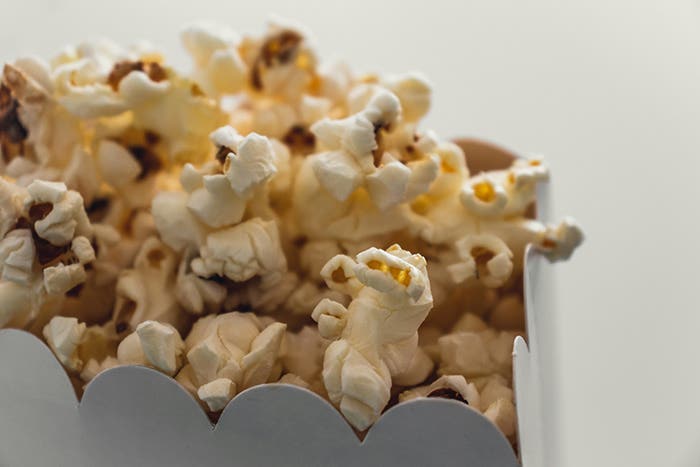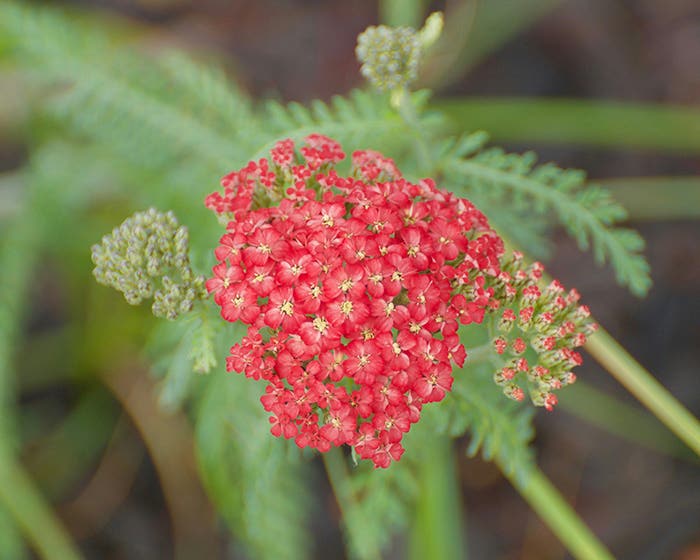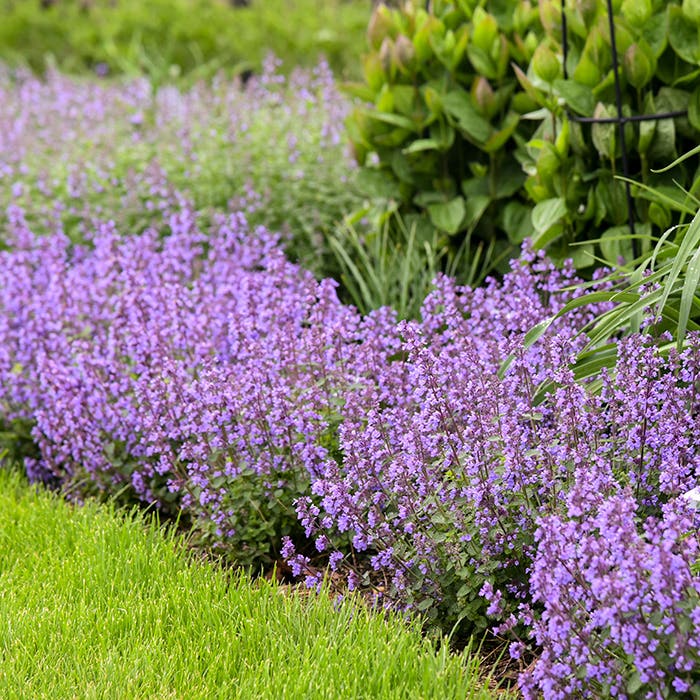What Is Eating My Coneflower’s Petals?
Something seems to be eating my coneflower petals. Any idea what it could be? Answer: Coneflowers, or Echinacea, are intriguing plants with daisy-like flowers that have raised centers and drooping…
Something seems to be eating my coneflower petals. Any idea what it could be?
Answer: Coneflowers, or Echinacea, are intriguing plants with daisy-like flowers that have raised centers and drooping petals bursting in captivating hues of purples, pinks, yellows and even white.
There could be a number of different issues causing your coneflower petals to deteriorate, ranging from rabbits to earwigs. You have to become a sort of detective by evaluating your damage, eliminating options and centering in on what is the actual problem. Search the soil, study the plants and check in the early morning and again when the sun begins to set. Some clues will eventually turn up.
Here is a list of a few possible troublesome pests:
• Japanese beetles: These bugs eat away at the flowers, leaving only traces of the fibrous veins behind. They can be controlled with certain insecticides, but please make sure to use environmentally friendly options that will not damage other plant life, humans and/or wildlife. With the right research, you can find ways to eliminate these irksome intruders humanely. Often you can simply knock them into a container of soapy water to kill them.
• Aphids: These tiny, soft-bodied plant-invaders suck at the sap causing the plant to lack vital nutrients needed for healthy growth. Plants will appear less vigorous, leaves malformed and coloring will have a yellowish tint. You can treat aphids with insecticidal soaps.
• Eriophyid mites: These mites are microscopic in size and live inside of the buds where they feast on the nutrients. Due to their extremely small size, we cannot see them with the naked eye and have to look at the damage to know that these are the culprits we are after. The damage will result in the flowers forming with distorted, wilted petals. Remove the infected flowers immediately and cut the plant down to ground level. Make sure to rid the area of all the plant debri to help encourage new, healthy growth.
• Rabbits: Rabbits, though fluffy and cute, can also eat away at coneflower petals and foliage. If you suspect the perpetrators to be these furry hoppers, try spraying your plants with a hot pepper spray. Make sure the spray you use isn’t toxic to plants, humans and/or wildlife.
• Earwigs: These nocturnal insects will spend the day beneath mulch, building and other cold, dark and damp locations. They can occasionally feed on coneflower petals, resulting in flowers that appear wilted and tattered. To avoid them invading your coneflowers, try to clean the bed of thick mulch, weeds and compost—ultimately destroying the potential for a desirable earwig habitat. To see if earwigs are the offenders, place tubes—they can be made of newspaper or plastic—around the coneflowers in hopes of catching a resting earwig in the early morning.
Image: H Zell
----------------------------------------
Easily identify the most common invasive and beneficial insects in your garden with Good Bug Bad Bug.
With How To Eradicate Invasive Plants you can discover a clear, practical solution to how to rid your garden of intruding, unwanted plants.
In the download, Garden How To: Solutions to Common Problems you can learn about diagnostic tools and practical solutions to identify, treat and prevent pests from entering your garden.
Want design strategies and certain plants to help overcome potential gardening challenges? Check out the Smart Gardening Guide: Problem Solving.
In Decoding Gardening Advice you can peruse through more than 100 of the most common “do’s and don’ts” for the garden.


